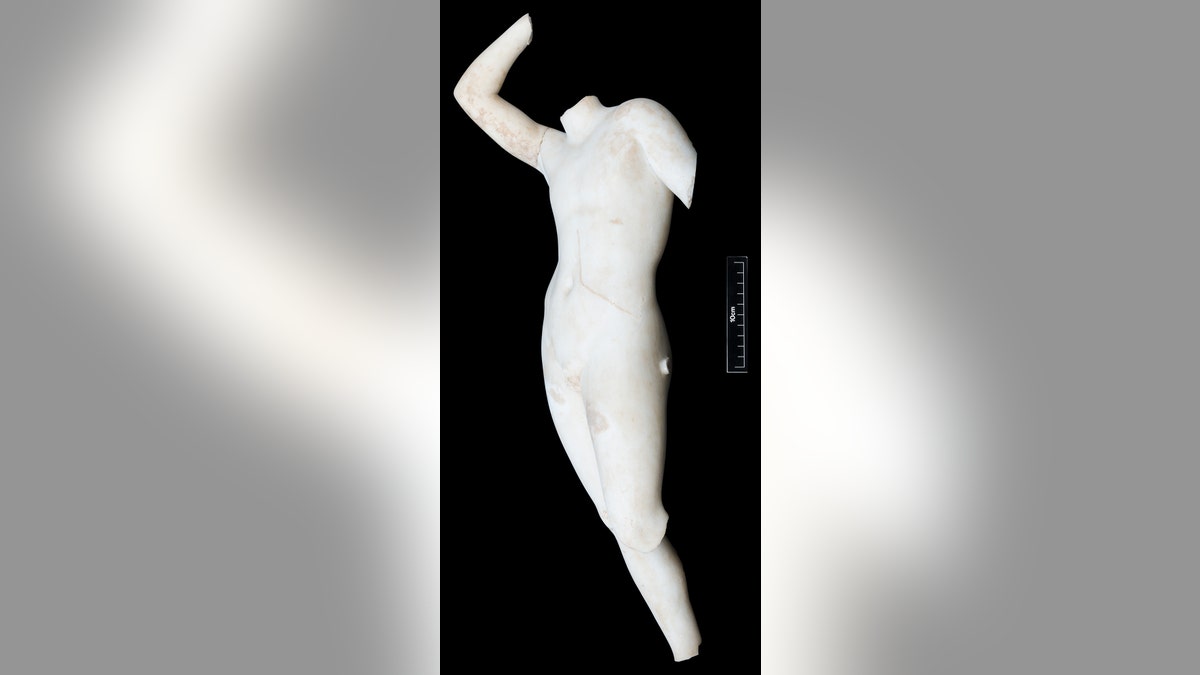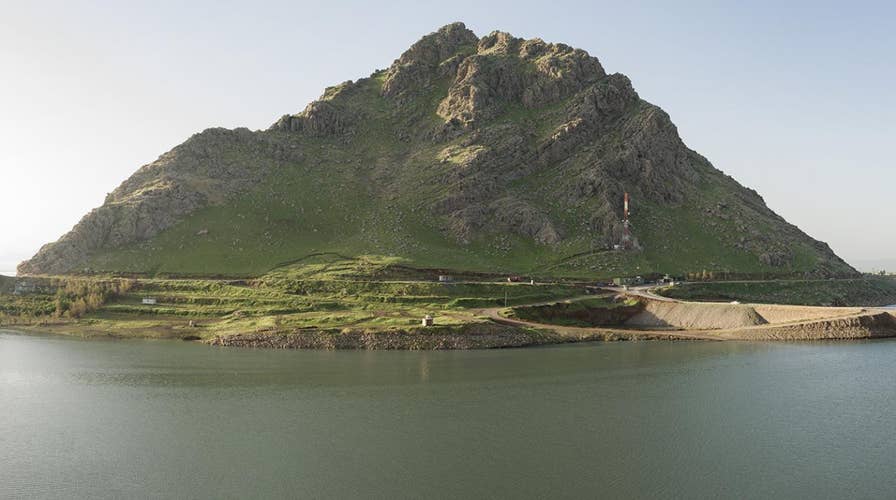Ancient city discovered in Iraq
British archaeologists have discovered the location of an ancient city that may have been founded by the successors to Alexander the Great
Archaeologists have harnessed spy satellite imagery and drones to help identify the site of an ancient lost city in Northern Iraq.
Experts at the Iraq Emergency Heritage Management Training Scheme have been working at the Qalatga Darband site, which is 6.2 miles southeast of Rania in Iraqi Kurdistan. Backed by U.K. government funding, the project involves archaeologists from the British Museum and their Iraqi counterparts.
Qalatga Darband was first spotted when archaeologists analyzed U.S. spy satellite imagery from the 1960s that was declassified in the 1990s. Experts at the British Museum used the data to map a large number of carved limestone blocks at the site, indicating substantial remains. A drone survey highlighted other buildings that may be buried at the site.
EXPERTS HARNESS 3D PRINTING TO RECREATE ANCIENT ARTIFACTS DESTROYED BY ISIS
The site, which overlooks the Lower Zab river at the western edge of the Zagros Mountains, is part of a historic route from ancient Mesopotamia to Iran. Alexander the Great passed through the area in 331 B.C. when his army was pursuing Persian King Darius III after defeating him at the battle of Gaugamela. The site was also at the eastern edge of the Assyrian Empire in the 8th and 7th centuries B.C., according to the British Museum.

Statue of a nude male discovered at Qalatga Darband (© Trustees of British Museum)
Excavations at Qalatga Darband have given archaeologists a fascinating glimpse into the life of the ancient city. Initial analysis suggests that the city was founded by the Seleucids, who inherited the empire of Alexander the Great. Hellenist, or Greek, influences, were still strong in the region during the Seleucid era. The site is thought to have survived the subsequent overthrow of the Seleucid Empire, when Qalatga Darband came under Parthian rule.
“A systematic collection of surface ceramics has been carried out, analysis of which has for the first time established that the site can be dated to the first and second centuries BC,” explained the British Museum, in a press release. Excavations revealed a large fortified structure at the north end of the site, stone presses that may have been used for wine production, and Greco-Roman architecture, such as the use of terracotta roof tiles.
CHRISTIAN SAINT'S BONES UNEARTHED IN MONASTERY DESTROYED BY ISIS
When archaeologists investigated a huge stone mound at the southern end of the site, they found the remains of a large building, which given the presence of smashed statuary, may have been a temple for worshipping Greco-Roman deities. The smashed statues include a seated female figure that may be the Greek goddess Persephone and a half life-sized nude male figure that may be Adonis.
A nearby site, Usu Aska, has revealed a fort tentatively dated to time of the ancient Assyrians. A grave cut into the Assyrian remains contained a coin dating to the time Parthian King Orodes II, around 57 to 38 B.C. “The discovery of a fort dating to the time of the Assyrian period will generate information on a corner of the empire which is virtually unknown, while the discovery of a city established in the wake of the conquests of Alexander the Great is already yielding evidence for the fundamental changes wrought by the advent of Hellenism,” explained the British Museum.
The Iraq Emergency Heritage Management Training Scheme was set up in 2015 in response to the devastation wrought by the Islamic State.
SPHINX, BABOON AND CAT STATUES FOUND IN ANCIENT EGYPTIAN BURIAL
During its reign of terror, ISIS launched a series of wanton attacks on sites of historic and religious importance across a swathe of Iraq and Syria. Last year, for example, ISIS released a video that showed militants using sledgehammers and drills to destroy artifacts in Iraq’s Mosul Museum.
In 2015, ISIS took control of the ancient city of Palmyra in Syria and subsequently demolished some of its best-known monuments, such as the Temple of Ba'al. The jihadists, who beheaded the city’s former antiquities chief, also used Palmyra’s ancient amphitheater for public executions.
Last year, a Christian saint’s bones were reportedly unearthed amid the rubble of an ancient Syrian monastery destroyed by ISIS.
The Associated Press contributed to this article. Follow James Rogers on Twitter @jamesjrogers





















